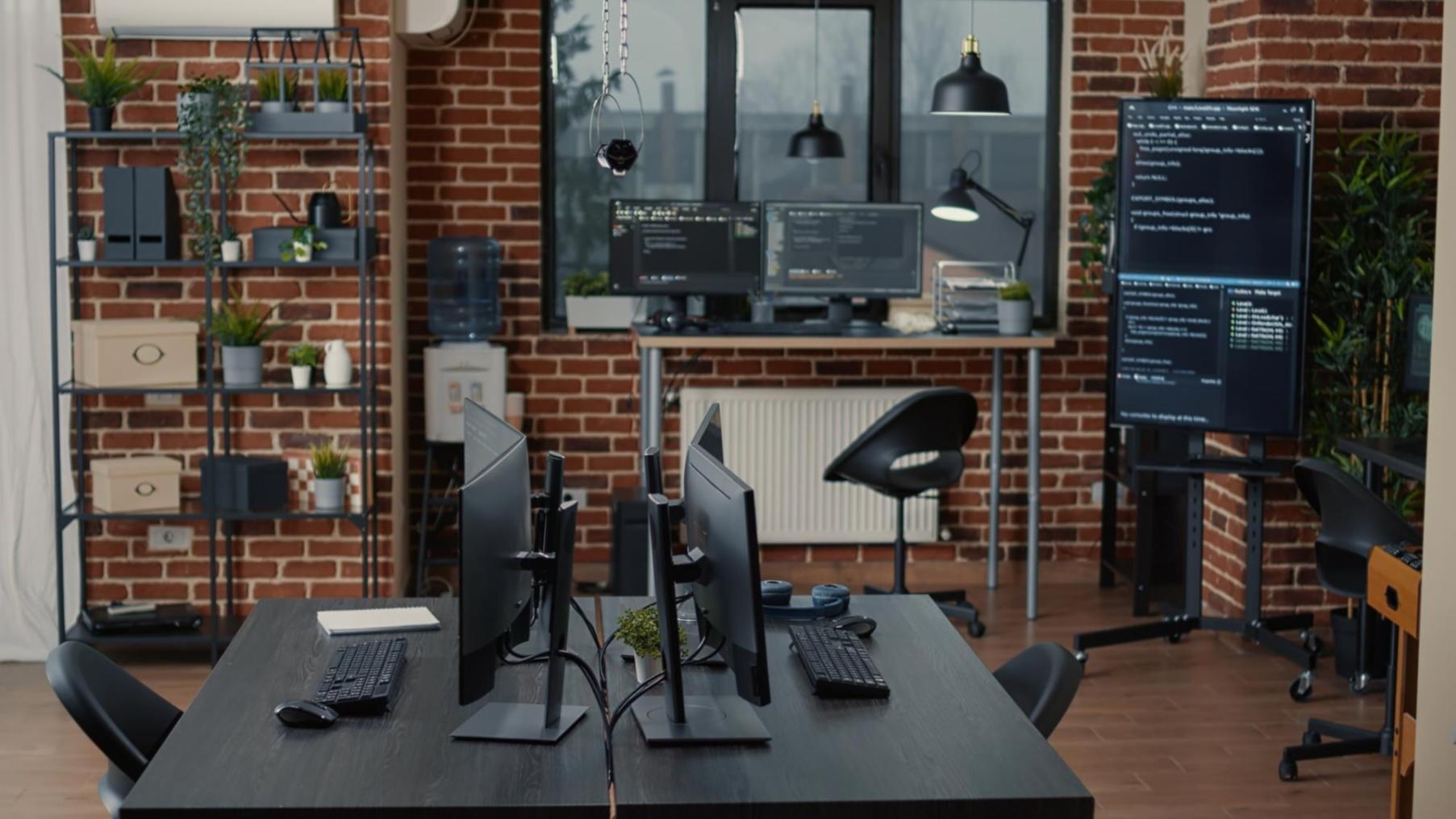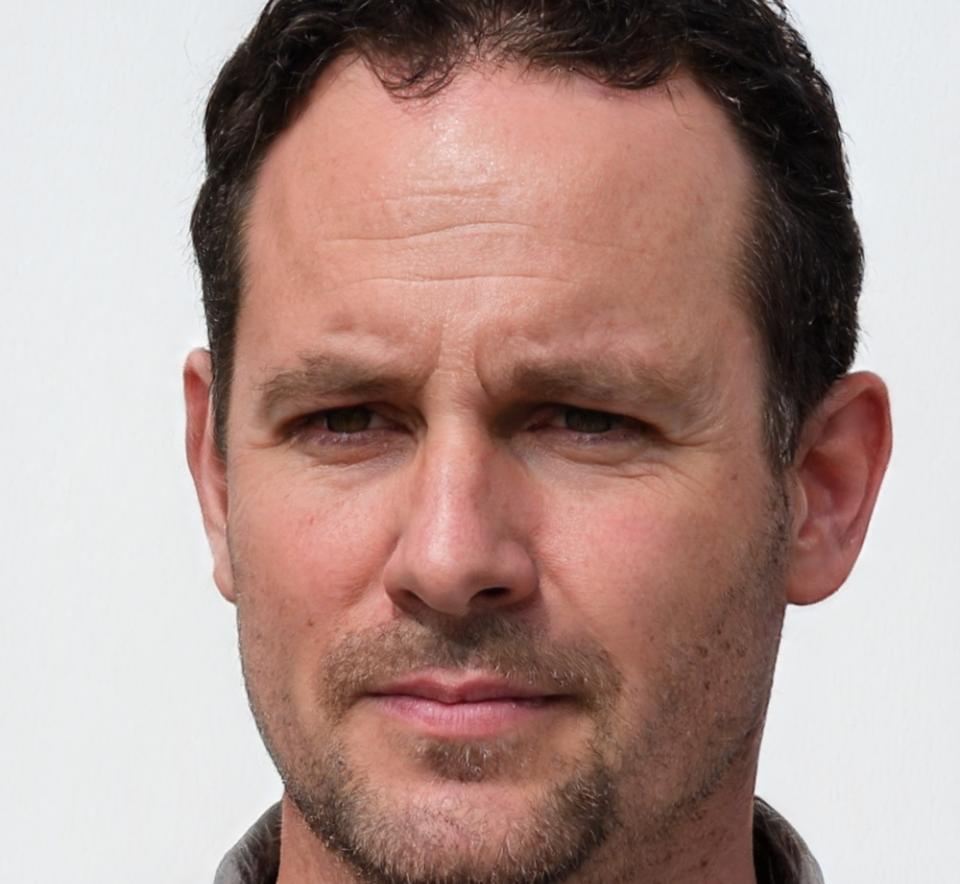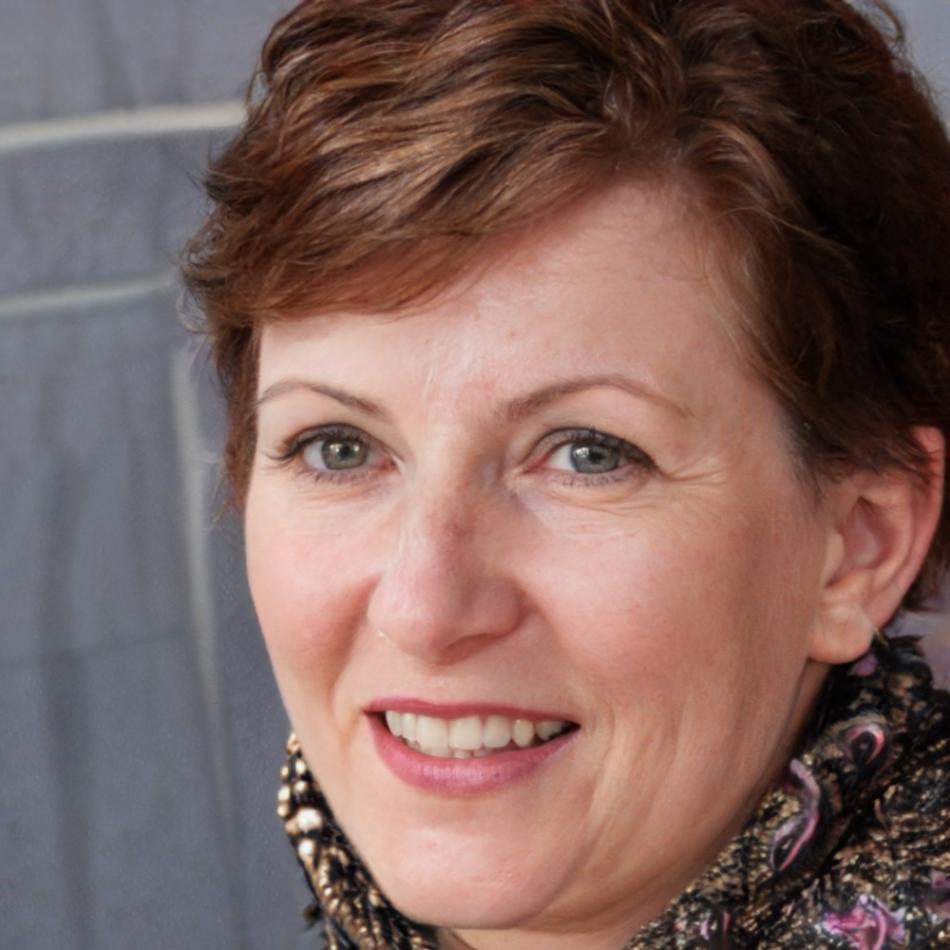From Customer Service to Interface Design
Jasper spent two years handling customer complaints about a clothing website. He kept noticing the same confusion points—size guides nobody could find, confusing return policies, checkout errors.
After the program, he proposed a redesign of their product pages to his manager. They let him prototype it. The new design reduced support tickets by about a third. Now he splits time between support and working with their design team.


